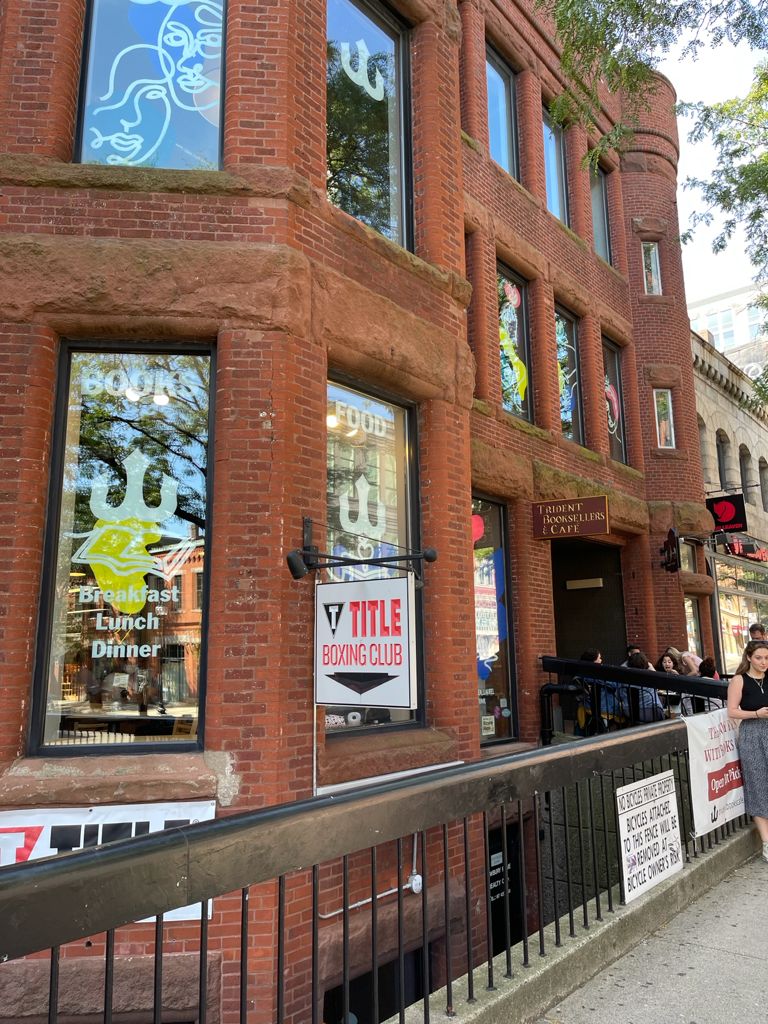Investment in Technology versus Digital Transformation


Amar Pandit
A respected entrepreneur with 25+ years of Experience, Amar Pandit is the Founder of several companies that are making a Happy difference in the lives of people. He is currently the Founder of Happyness Factory, a world-class online investment & goal-based financial planning platform through which he aims to help every Indian family save and invest wisely. He is very passionate about spreading financial literacy and is the author of 4 bestselling books (+ 2 more to release in 2020), 8 Sketch Books, Board Game and 700 + columns.
August 24, 2021 | 7 Minute Read
Do the 2 parts in the above headline seem similar to you?
I often see many getting confused between an Investment in Technology and Digital Transformation.
An investment in Technology involves buying hardware and software. Yes, you can argue that some indeed follow a process to do that. Even if you follow a process, it is mostly a piecemeal approach. What do I mean by that? It means you implement one software, then another and then another. You then figure out another problem and implement one more. This process continues.
Sounds familiar?
Digital Transformation on the other hand involves a complete reimagining of business processes first. It’s not about making transactions faster, better, or cheaper. In fact, when it comes to digital transformation, the key word is Transformation (and not digital). Therefore, it is all about doing things differently and way better than how it was done.
Let me give you an example of a different industry. It’s a fascinating one if you reflect on it.
I recently visited “Trident Booksellers & Cafe (in Boston)”, the only café with a bookstore inside it or a bookstore with a restaurant in it (depending on how you want to see it).
I was blown away by the café + bookstore like a curious child. I am sharing a few pictures of how it looks in the inside.





I am not digressing from the topic here and actually have an interesting observation here to explain this post.
The process in a typical restaurant is as follows:
a. You enter the restaurant and are greeted by someone who will direct you to a place.
b. The server will then give the menu to you, or the menu might be kept on the table.
c. You then browse, make your choice, and place the order to the server.
d. He/she will then place the order.
e. The food is then delivered to your table.
f. You then call for the bill or check.
g. You make the payment and then leave.
Now you can always invest in technology to make this process faster, better, or cheaper.
However, Trident has done something different.
They have reimagined the entire process.
a. You enter the restaurant and go to any table that is vacant.
b. You can the QR code, and it opens the order page along with your table number. You make your selections, mention any allergies you have, customize your dishes, and make the payment (along with the tip).
c. Your dishes are served to your table. You eat, finish, and then walk out or sit and read a book.
The only human interaction happens when someone serves you the food or if you have any questions (after going through this experience). This is called a complete reimagining of the restaurant process.
They have then transformed their new process digitally and this is what is called Digital Transformation.
Can you see the difference between the 2 approaches?
The turnaround time in the restaurant is much faster, which is always an important metric in the restaurant business (Udupi restaurants know this metric very well). Fewer people are required to serve so many tables so productivity per team member is super high. Errors in order taking are minimized or eliminated completely.
Likewise, Digital Transformation in our profession/industry begins first with your Mindset Transformation and then your Process Transformation. You then integrate digital with this renewed process and experience.
Financial Planning used to comprise of 6 steps; Now it has 7. There is still a lot of debate over the number of meetings required for signing up a client. The numbers vary from 2 to 4 meetings not to mention the behind-the-scenes work (several hours) put in by real financial professionals.
What if this process could be completely reimagined?
What if co-creation of a life centered plan be done through a powerful guided client experience?
What if this could be done in 1 meeting in about 90 minutes?
This is what creates scale for a firm by providing leverage and additional available time capital. This is one of the ways to even build enterprise value in your firm.
The best firms in the world realize the power of digital transformation and are doing a complete overhaul of their value proposition, client experience, and business model while building scale and enterprise value.
The rest are busy playing Office Office.
Similar Post
Technology
The Ultimate Use of Tech
Do you know about the first movie screening in history?
It’s very fascinating. Before getting into the details, let me ask you another question.
Do you know how long this sc ....
Read More
11 October, 2022 | 6 Minute Read
Technology
Will your clients want the nearest or the best?
There is no such thing as a local advisor anymore. This is the headline of Josh Brown’s column on thereformedbroker blog. I have shared the original post for your ready reference ....
Read More
2 March, 2021 | Minute Read
Technology
Overwhelmed with all the Software Choices - 3 Key Things to Follow
The other day I met a Financial Planner who had just attended a conference. He met up with so many technology vendors that he was totally confused about which technology to use and ....
Read More
11 February, 2020 | 10 Minute Read
Technology
TechFin and FinTech
What do you think is the difference between these 2 words “TechFin and FinTech” or are they one and the same?
Well, they are not.
TechFin’s are essentially Big Technology c ....
Read More
4 April, 2022 | 5 Minute Read
Technology
The Ultimate Use of Tech
Do you know about the first movie screening in history?
It’s very fascinating. Before getting into the details, let me ask you another question.
Do you know how long this sc ....
Read More
11 October, 2022 | 6 Minute Read



- 0
- 0



0 Comments